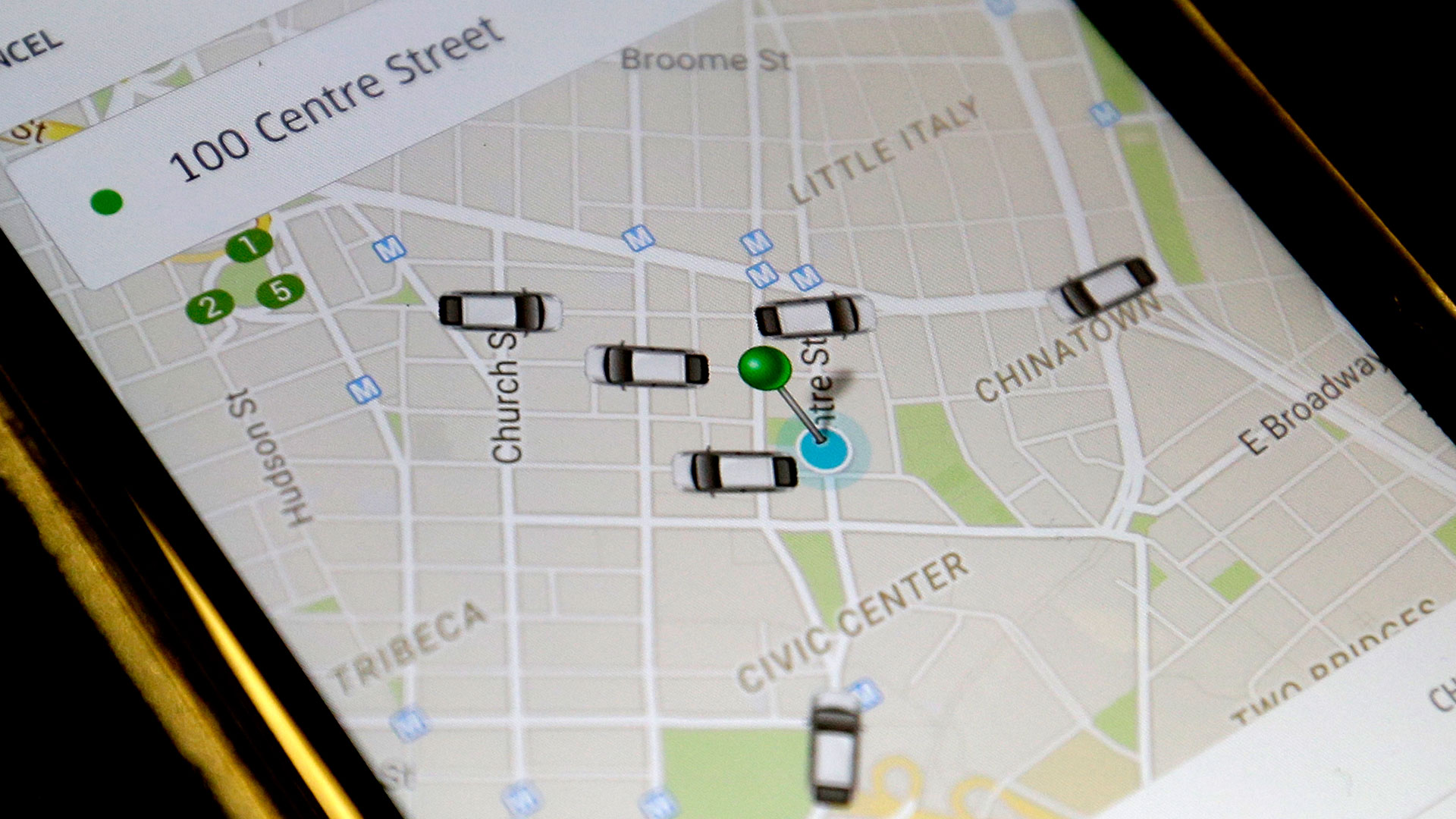

The race to cover what urban planners and futurists call “the last mile” is gathering speed. Uber has partnered with TransLoc on a new app, which it touts as as a solution for getting riders to and from public transit. TransLoc, based in Durham, N.C., makes an app called Rider, which mostly focuses on real-time schedules of surface transit (think buses and street cars). It also works on the back end with transit authorities, and has its biggest saturation in the Southeast.
If you could rely on public transportation for the bulk of your travel, and Uber’d it on the front or back of your travel, a motorist could theoretically forgo owning a car.
Nice theory. Too bad the math doesn’t entirely square.
As a Reuters story on the tie-up notes, a study by Nate Silver’s FiveThirtyEight blog explains just how few Uber rides we’re talking about. The mix: 85 percent public transit, 15 percent Uber.
To be fair, that amounts to 300 Uber rides a year, and if, say, you only need Uber on one end of a commute you can pretty much count on not cracking that 85/15 ratio during a year of heading to and from the office. If you need the Uber chariot on both ends of your commute, it gets tougher to make the costs tilt in your favor. You might argue, if you live in densely populated metropolitan areas like New York, Boston or San Francisco, the hassle and stress of finding parking may even tilt the math slightly in favor of Uber and Lyft; you’ll gladly pay a bit more than the cost of car ownership if it means fewer hassles.

Then again, reliable transit is key here, and that’s not solved by this tie-up.
Because another app that lets you hail Uber doesn’t guarantee the Uber driver wants to be at the far end of your commute. Especially not when that means he or she is taking you to a less densely populated area at the end of the day, where that driver is far less likely to capture a return fare.
Sound familiar? The same problem exists for conventional cab services. One potential solution is called Uberpool, which allows cheaper ride sharing along popular arteries that aren’t well served by public transit. It’s basically ride sharing, but less random, and therefore more reliable. (A similar service, UberHOP, is being demoed in Toronto.) That’s still in beta, but combine that with deals like TransLoc and ditching your car can potentially make sense.
For some Americans. Who live in some places. Which most likely is not you.